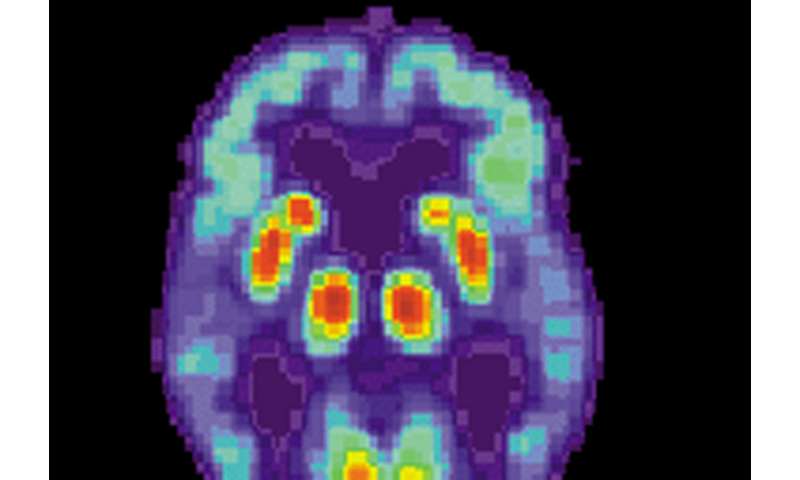
Among the hallmarks of Alzheimer’s disease are the Alzheimer fibrils, deposits of the tau protein, which accumulate in nerve cells in the form of fibres and disrupt communication between nerve cells. But how does this fibre formation take place? Why do such harmful deposits develop from the originally useful tau protein, which normally stabilizes cells? This question was addressed by a team of researchers from the University of Konstanz and Utrecht University (Netherlands), led by Konstanz chemist Professor Malte Drescher. Using structural analyses, the researchers brought to light a surprising biochemical mechanism in which a molecular chaperone—a helper protein—plays an unusual role. The research results are going to be published on 13 March 2020…


























